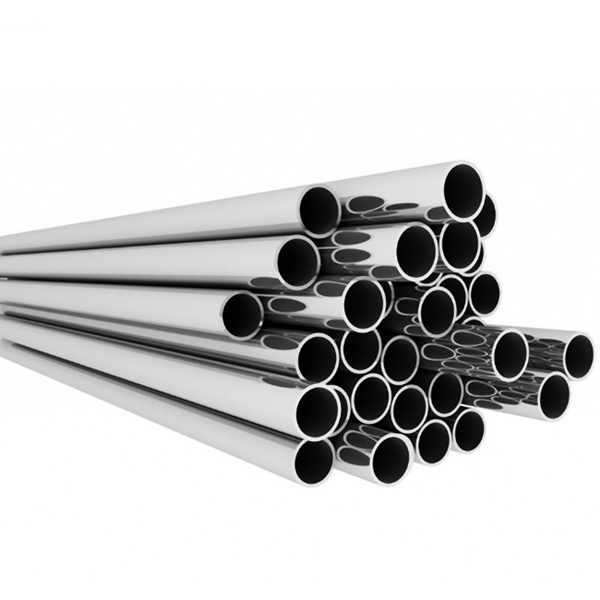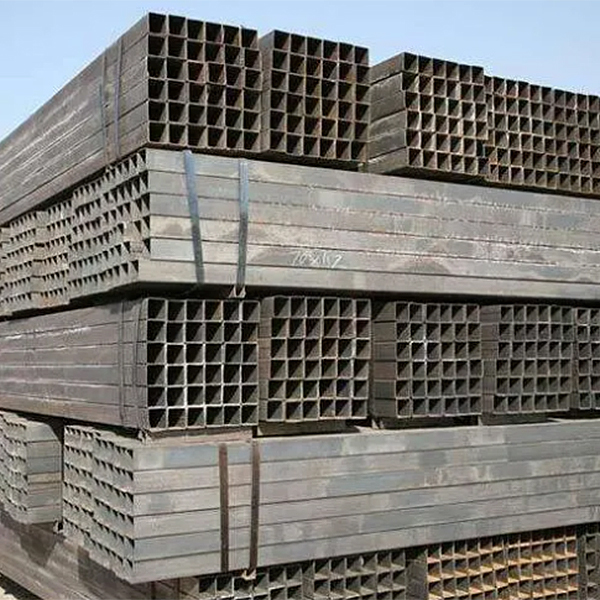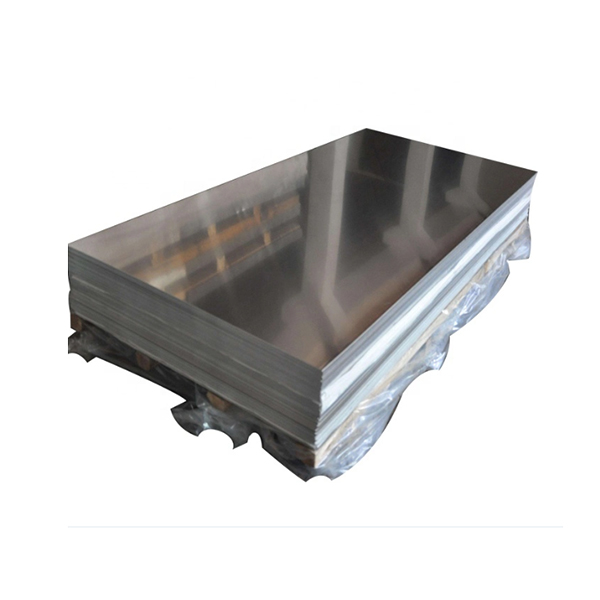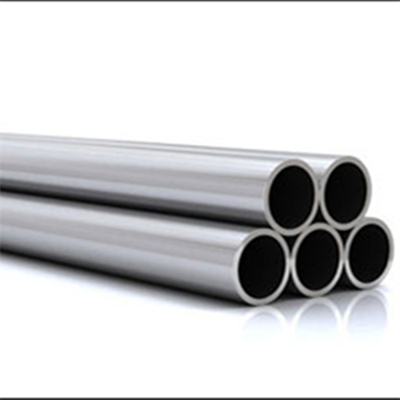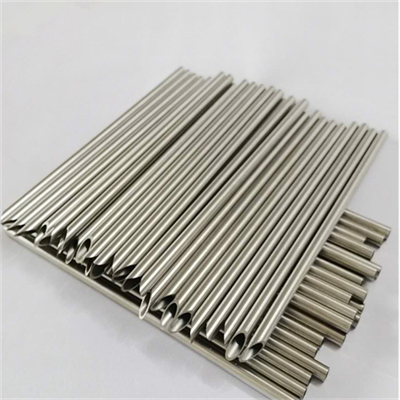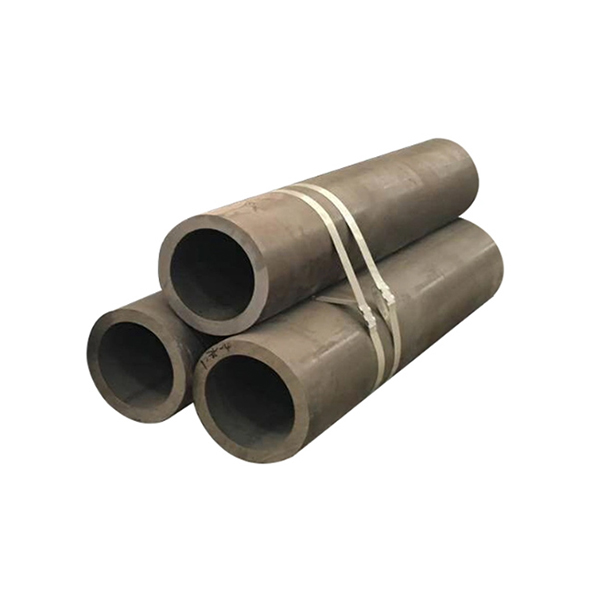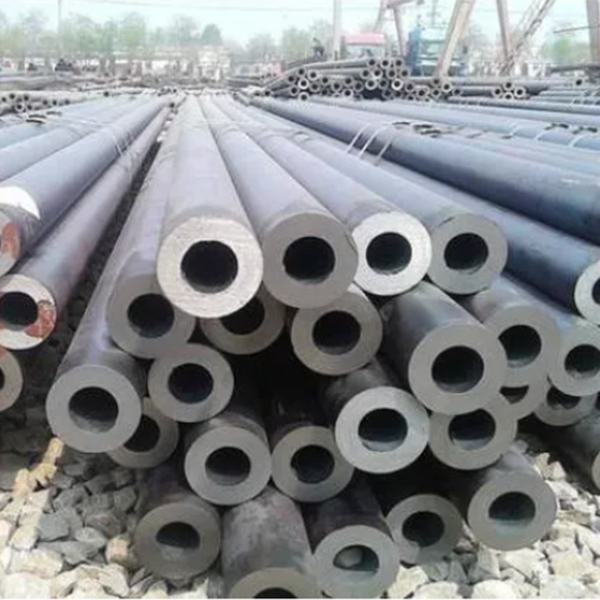sus316 Stainless steel pipe
316 stainless steel pipe
316 stainless steel is the most widely used steel except 304 stainless steel, and it is an upgraded product of 304 stainless steel. Because of the addition of Mo, it has good corrosion resistance, marine and atmospheric corrosion resistance, excellent high temperature resistance, and good welding performance.
316 stainless steel has a wide range of applications, mainly used in chemical, dye, paper, oxalic acid, seawater equipment, food processing, medical, bolt, nut industries.
In addition to industrial applications, we also see 316 stainless steel in daily life, such as commonly used stainless steel rice bowls, stainless steel water cups, and stainless steel countertops. 316 stainless steel has better corrosion resistance and acid resistance, so it is mainly used in medicine and industry.
The properties of 316 stainless steel pipe
1. Corrosion resistance
The corrosion resistance is better than 304 stainless steel, and it has good corrosion resistance in the production process of pulp and paper. And 316 stainless steel is also resistant to erosion by marine and aggressive industrial atmospheres.
2. Heat resistance
316 stainless steel (06Cr17Ni12Mo2) has good oxidation resistance in intermittent use below 871°C (1600°F) and continuous use above 927C° (1700°F). In the range of 427°C-857°C (800°F-1575°F), it is best not to use 316 stainless steel continuously, but the stainless steel has good heat resistance when used continuously outside this temperature range. The carbide precipitation resistance of 316L stainless steel is better than that of 316 stainless steel, and the above temperature range can be used.
3. Heat treatment
Annealed in the temperature range of 850-1050°C, followed by rapid annealing, followed by rapid cooling. 316 stainless steel cannot be hardened by heat treatment.
4. Welding
316 stainless steel has good weldability. All standard welding methods can be used for welding. According to the application, 316Cb, 316L or 309Cb stainless steel filler rods or electrodes can be used for welding. In order to obtain the best corrosion resistance, the welded section of 316 stainless steel needs to be post-weld annealed. Post weld annealing is not required if 316L stainless steel is used.
Application of 316 stainless steel pipe
316 stainless steel pipe is a kind of hollow elongated round steel pipe, which is mainly used in industrial transportation pipelines and seasonal structural components such as petroleum, chemical industry, medical treatment, food, light industry, mechanical instrument and so on. 316 stainless steel pipe has a maximum carbon content of 0.03 and can be used in applications where annealing after welding cannot be performed and where maximum wear and corrosion resistance is required. It has good welding properties and can be welded by all standard welding methods. Due to the addition of molybdenum Mo element, 316 stainless steel has greatly improved corrosion resistance and high temperature resistance, excellent work hardening (non-magnetic), and the appearance of cold-rolled products has good gloss. Compared with 304 stainless steel, the performance of the product has been improved. , the price is relatively high. Now, many home decoration and high-end commercial decoration will use 316 stainless steel, because of its strong corrosion resistance, the service life will increase compared to 304 stainless steel.

